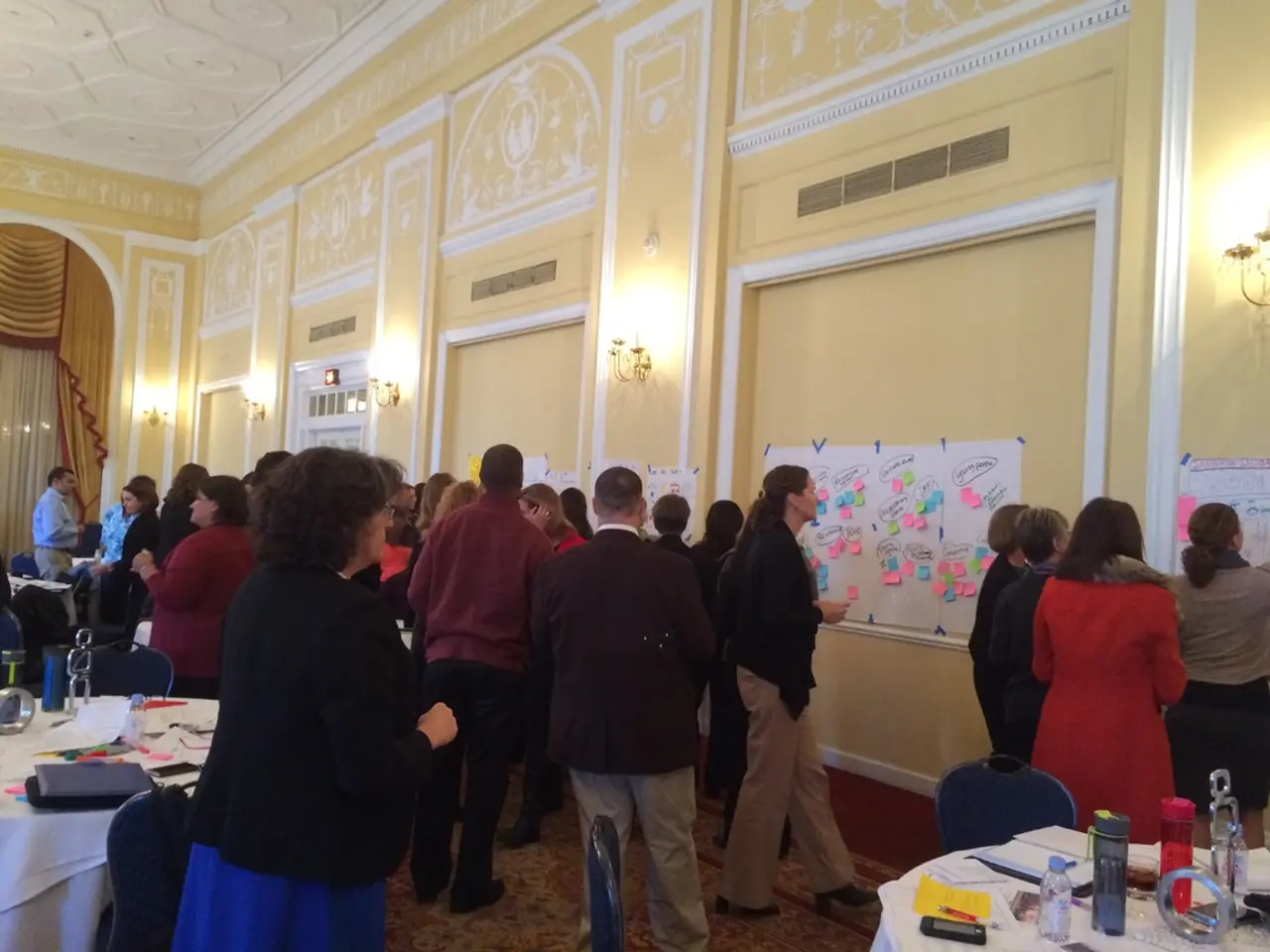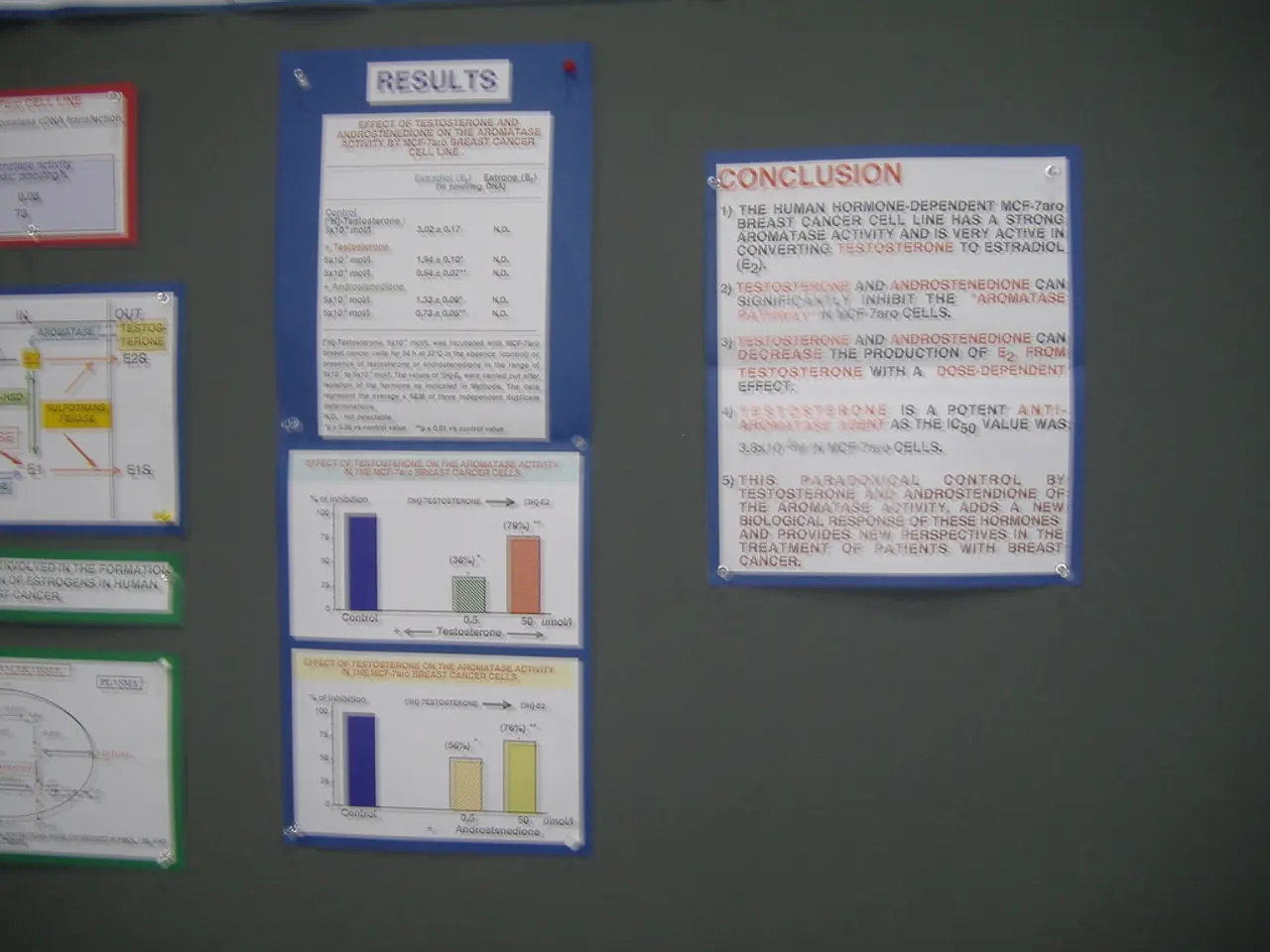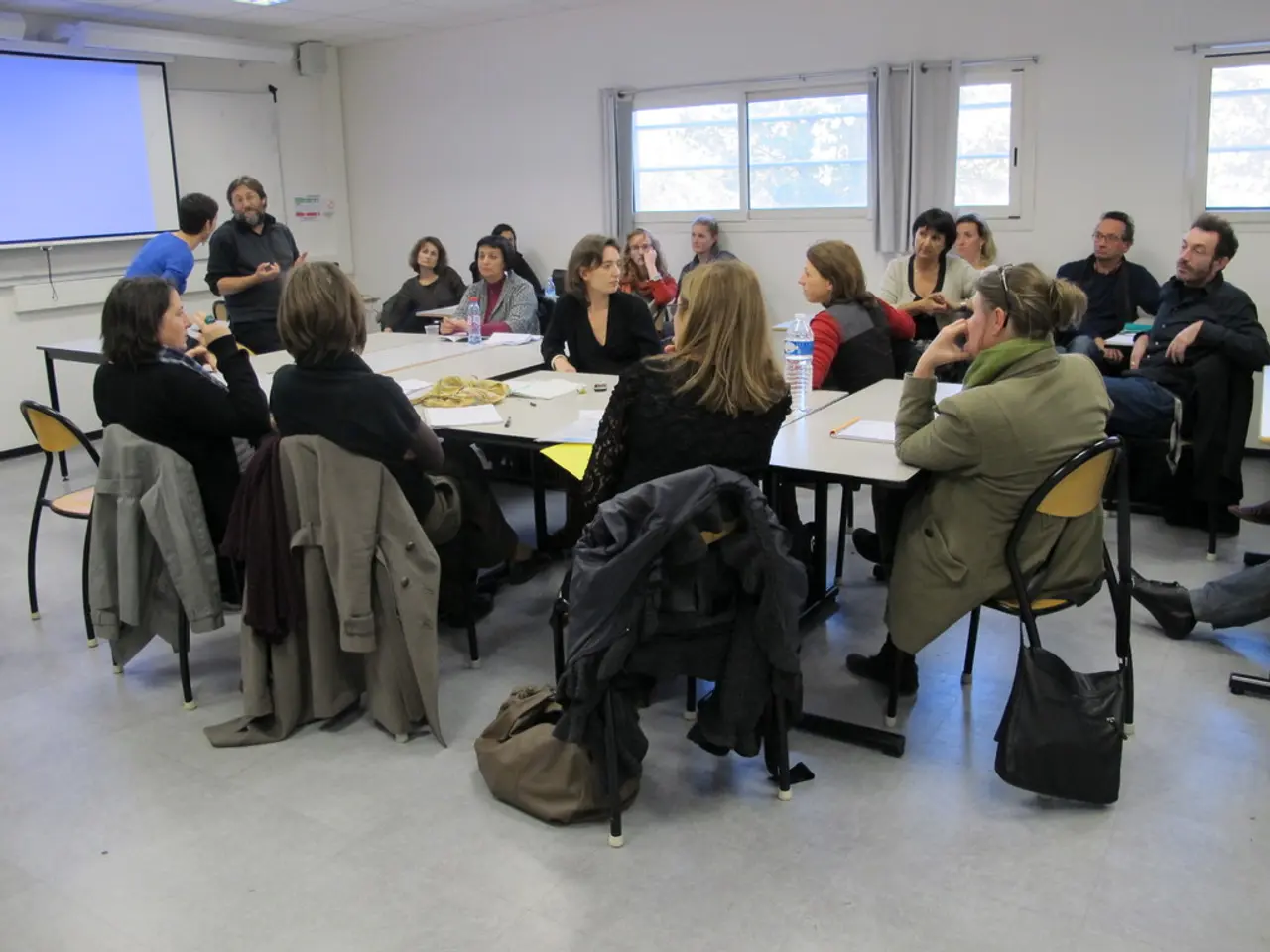Top 10 Science and Industry Museums: Immersive Education amidst Historic Breakthroughs
In today's world, science and industrial museums are no longer mere repositories of historical artifacts. Instead, they have transformed into vibrant, interactive learning environments that cater to all ages, fostering curiosity, creativity, and critical thinking.
One of the most anticipated exhibits is the Galactic Builders, set to open at Port Discovery Children’s Museum in Baltimore in October 2025. This space-themed exhibit encourages children to engage with engineering and physics through hands-on activities such as building rovers, launching rockets, and testing parachutes. The exhibit promotes STEM education, systems thinking, collaborative problem-solving, and inquiry-based learning.
The Museum of Science and Industry in Chicago offers a vast array of interactive exhibits. Visitors can experience recreated natural phenomena like tornados, lightning, and tsunamis, witness a giant Tesla coil producing 1.2 million volts of lightning, tour a human digestive system and eco-home, observe a real toy factory with robotic assembly lines, descend into a coal mine, explore the Henry Crown Space Center for space travel history and future, and engage with special exhibitions like “007 Science: Inventing the World of James Bond.”
New museums opening in 2025, such as the one in Haikou, China, will feature a 500,000 sq ft space with a planetarium and a giant-screen theatre. The museum's exhibits will focus on marine ecosystems, aerospace technology, life sciences, and technology, integrating architecture with science storytelling.
The National Science and Media Museum in the UK will open its Sound and Vision Galleries in July 2025. These galleries will focus on the history and technology of sound and vision, including photography, film, television, animation, video games, and sound technologies. The exhibits have been co-designed with community input to create deeply engaging digital experiences that bring museum objects to life and explain their uses.
Modern museums leverage advanced technology like virtual reality simulations, augmented reality displays, and touch-screen interfaces to enhance the visitor experience. They maintain climate-controlled archives housing over 50,000 artifacts, documents, and specimens. Museums collaborate with over 25 universities on industrial archaeology and technological heritage projects.
Science and industrial museums serve as bridges between complex scientific concepts and public understanding. They partner with over 5,000 schools annually and offer structured STEM programs, workshops, and specialized labs for students and teachers. Museums operate specialized labs for material analysis, artifact restoration, and digital preservation.
Museums catalyze learning through immersive educational experiences. They offer hands-on learning experiences and interactive demonstrations. Week-long summer camps engage 250-500 students in extended hands-on learning projects. Workshops focus on physics experiments, engineering challenges, and scientific method applications for groups of 15-20 students.
Science and industrial museums showcase technological innovations and industrial developments through interactive exhibits and demonstrations. Key exhibits include transportation, power generation, manufacturing galleries, and communication areas. Museums preserve industrial heritage through specialized conservation techniques, digital documentation, and climate-controlled archives.
As we look to the future, science museums are evolving to integrate AI, sustainable practices, and global connectivity. Digital networks enable museums to connect with over 200 international institutions for virtual exhibitions, stream live demonstrations to classrooms, and share research data with 50 scientific institutions worldwide. With their interactive exhibits, advanced AI integration, and commitment to preservation, museums are continuously evolving to meet the needs of modern learners.
In conclusion, science and industrial museums have come a long way from the static displays of the past. Today, they stand as bridges between generations, inspiring tomorrow's innovators while honoring yesterday's achievements. They are living laboratories where innovation meets education, and where the past shapes our future.
- The Galactic Builders exhibit at Port Discovery Children’s Museum promotes innovation in engineering and physics, encouraging hands-on activities and inquiry-based learning.
- The Museum of Science and Industry in Chicago offers cutting-edge technology and science experiences, integrating robotics, automation, and computer systems into its interactive exhibits.
- Upcoming educational programs at museums, such as the one in Haikou, China, will focus on robotics and technology, showcasing advanced pieces of tech like planetariums and giant-screen theaters.
- The National Science and Media Museum in the UK is set to open Sound and Vision Galleries that will explore the history and technology of techno, including music production, film, television, and animation.
- In the future, science and industrial museums will integrate AI, sustainable practices, and global connectivity, enabling virtual exhibitions, live demonstrations, and research data sharing with international institutions.




